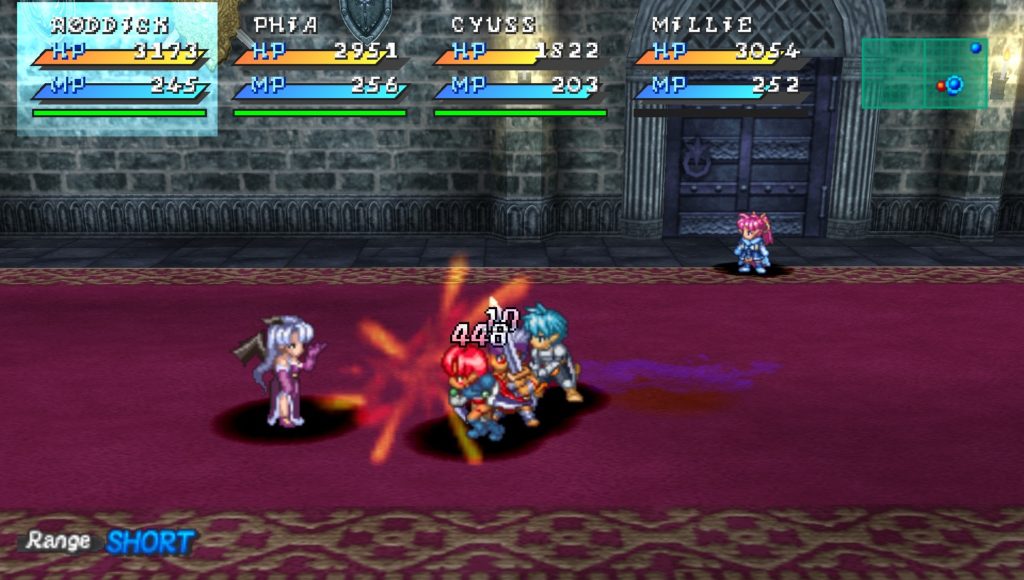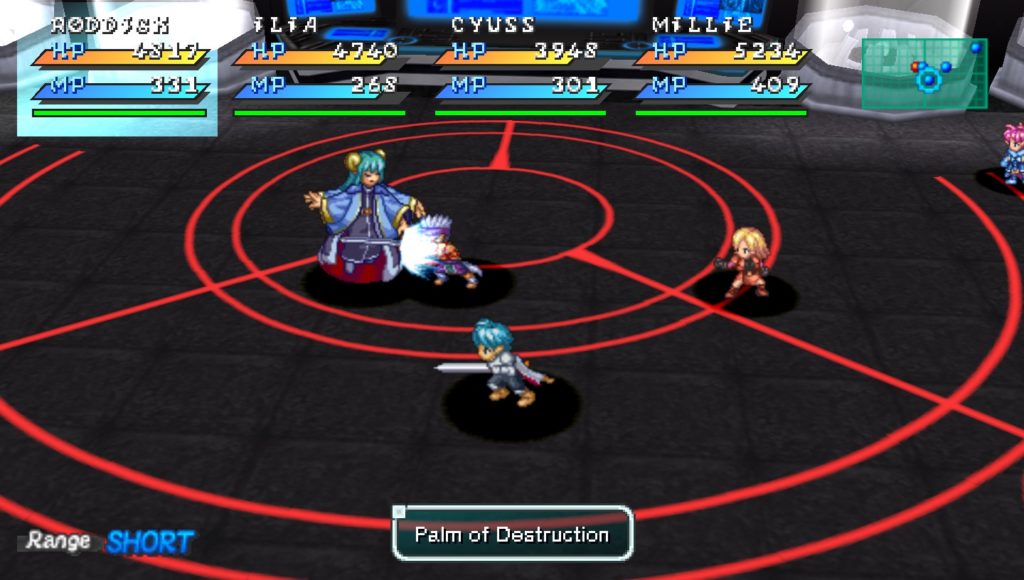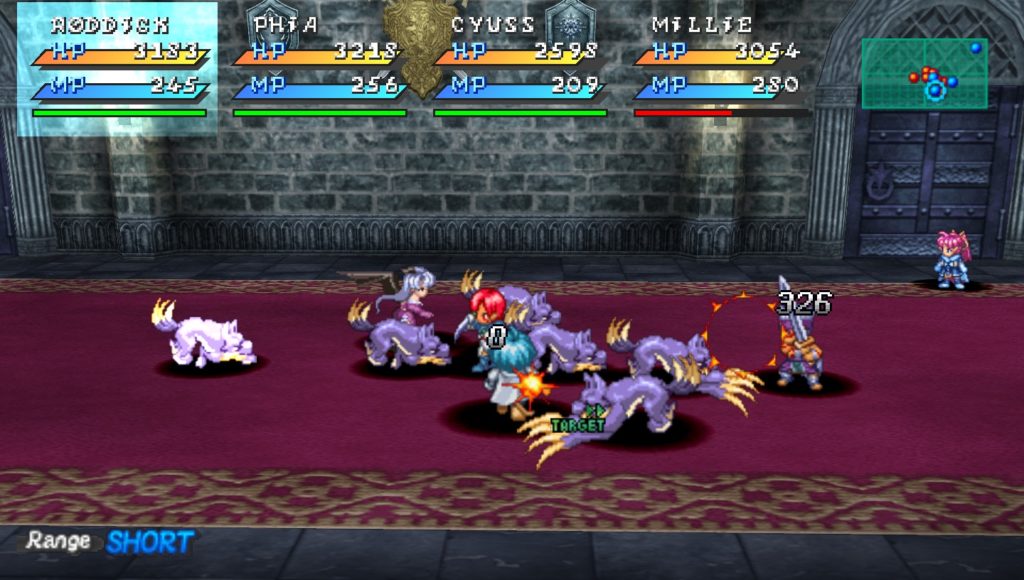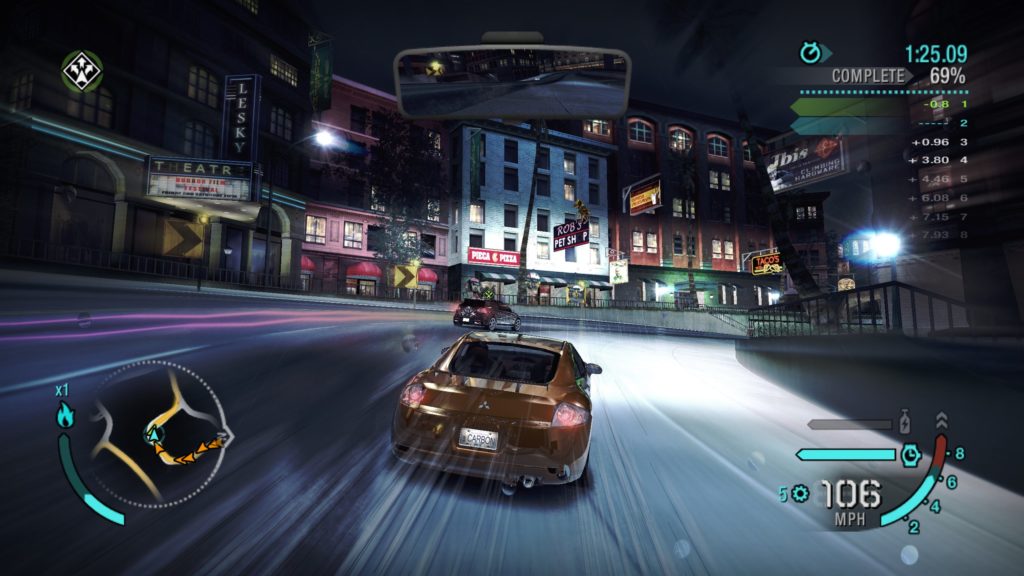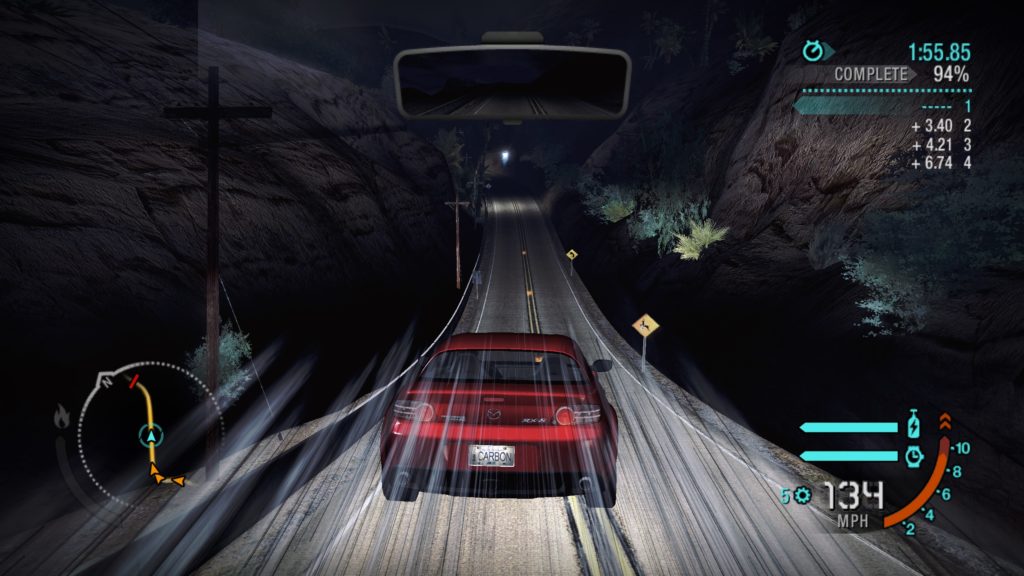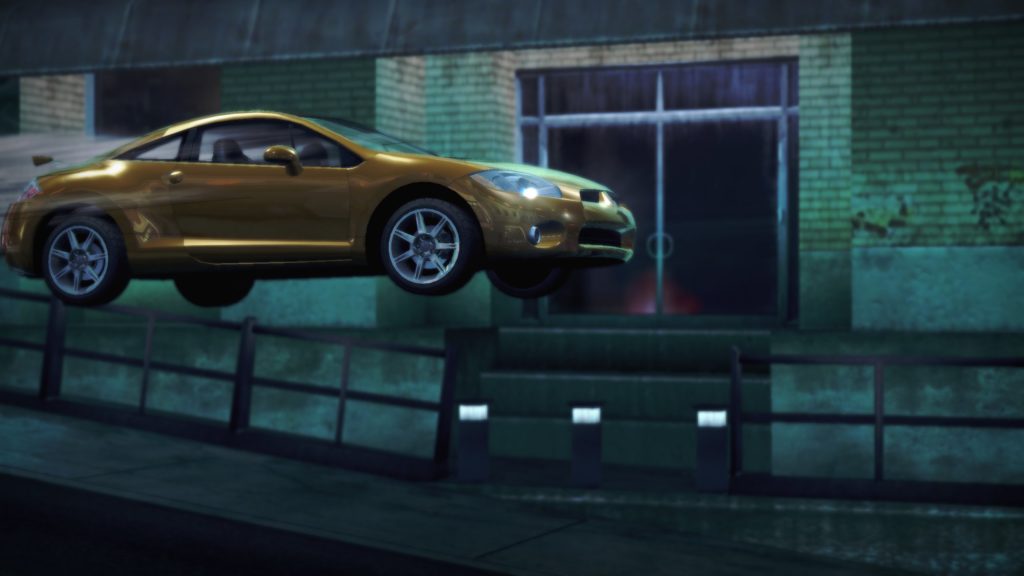- Genre: Open World Racing
- Platform: PC / Xbox Series X
- Also Available On: Xbox One
Original Forza Horizon 5 Ramblings
Forza Horizon always plays that line between fun and realistic at a base game. Their expansions then either lean towards one of those. For Hot Wheels, it’s definitely leaning into the fun.
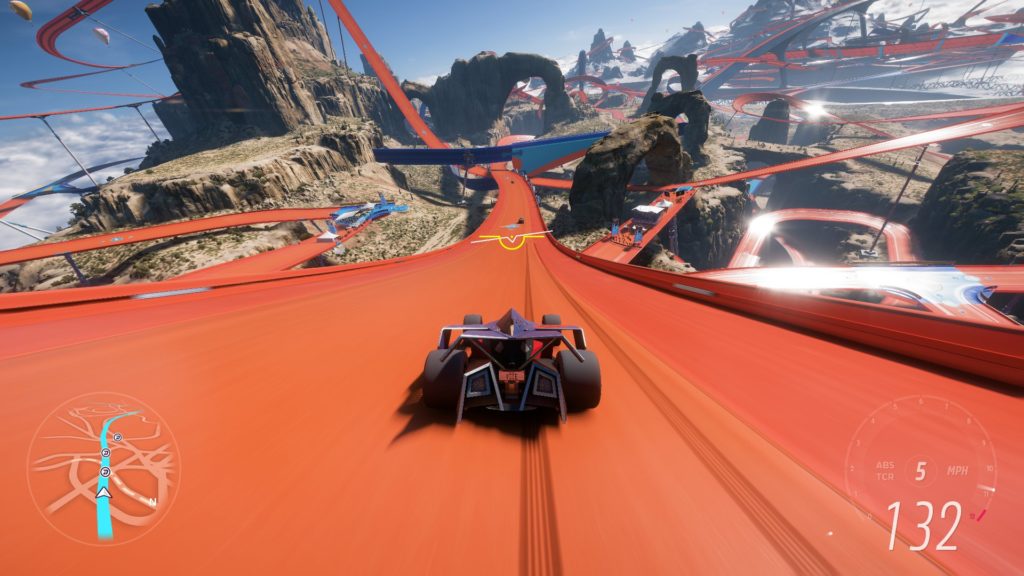
This feels a bit like deja-vu in that I’ve already done an x.1 ramblings on a Forza Horizon Hot Wheels expansion. However, that’s not a bad thing in this case. The original run of this theme felt like a layer on top of the existing gameplay. It threw some Hot Wheels tracks into the normal environment and called it a day. This is very much a step up. They’ve built an entire new world for this expansion, consisting of three environment archetype islands (desert, snow, and jungle) set in a large interconnected world in the sky. It’s an incredibly well constructed landscape that really pushes the Hot Wheels theming far better than the previous run.
Compared to the previous one, this also just feels much more playable than I remember. That one had some weird things with physics where opponent AI would have problems staying on the track or staying on all four wheels. I didn’t see that at all here. I think some of that has to do with a much increased use of magnetic tracks that keep you really locked down, at least compared to my memory. On the general driving side there feels like a much larger inclusion of randomly fun track elements. There’s things like water slides, corkscrews, a giant half pipe, boost fans all over the place, and more that just make you feel more like you’re in a childhood playroom than in the base Forza.
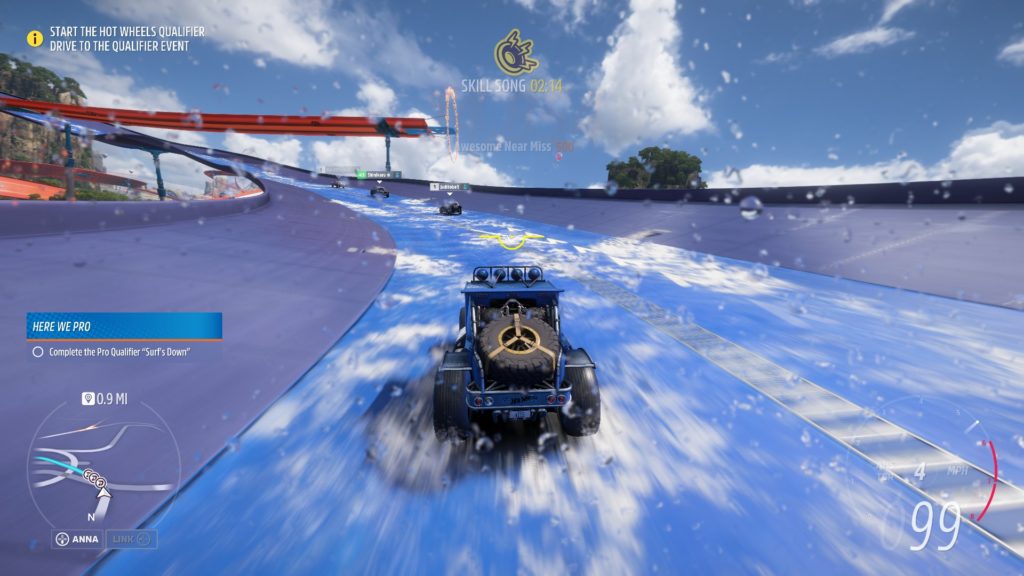
That’s not to say it’s all great, but what’s weird here isn’t really a surprise. The events aren’t really that different to the base game. The AI is still rubberbandy as all hell. Like the FH3 expansion, the Hot Wheels cars are largely impractical if you use cockpit view and you end up depending on regular cars. It’s very distinctly an expansion to widen what Forza Horizon 5 is, which is the pattern they’ve followed in the past and isn’t really anything of a surprise here.

This is ultimately a case where you know what you’re getting into. If you liked Horizon 5, you’ll like this. If you didn’t the theming isn’t going to be enough to get you on board. It’s a stupid fun bend on the core Horizon gameplay, which is really all I want. It adds some more events to a game that I will routinely come back to every few months for a few hours, and give me some things to do until the next expansion comes out, and again that’s expected and for me is perfectly in line with what I wanted.

